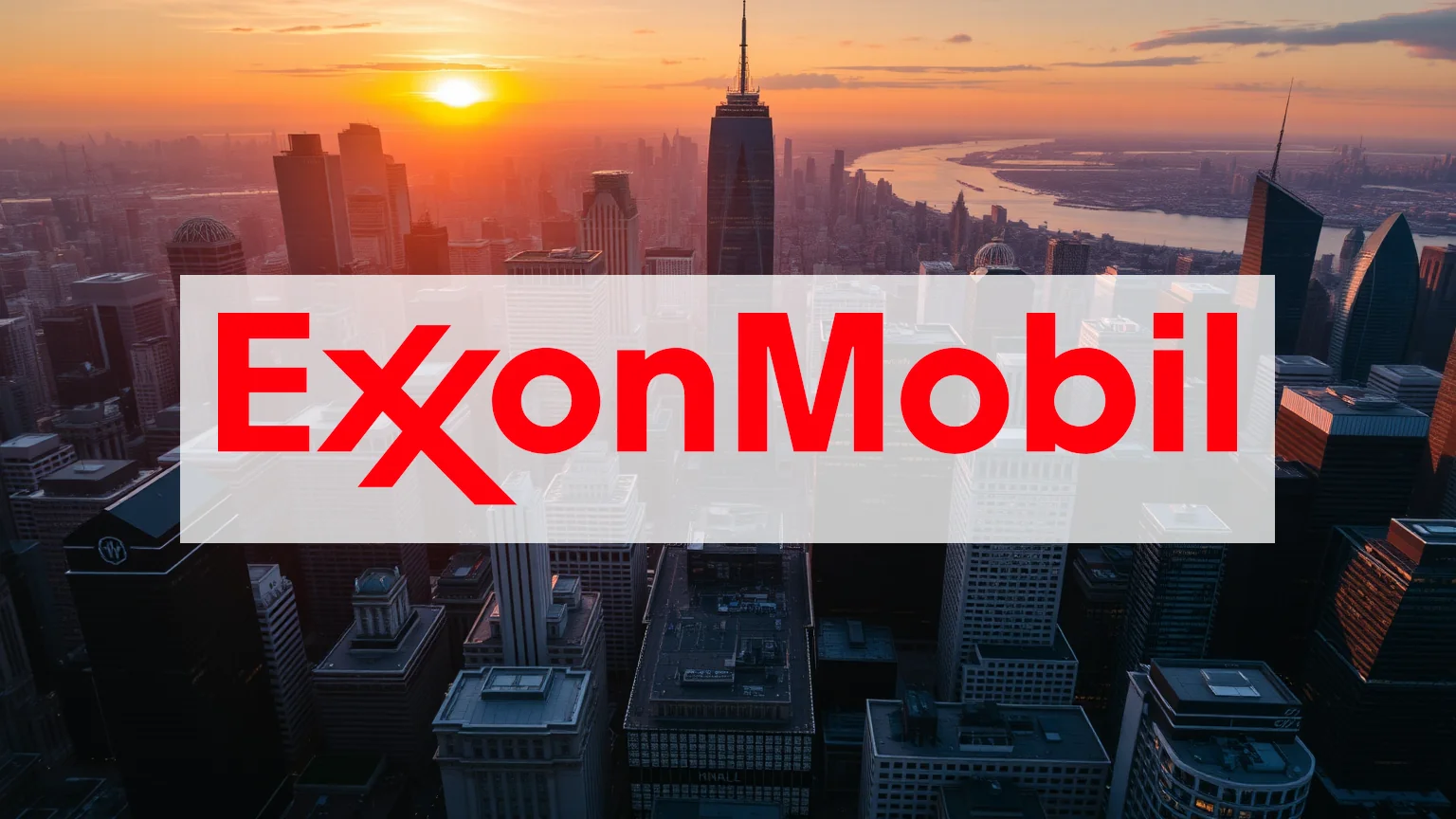Exxon Mobil Corporation finds itself balancing remarkable operational achievements with significant challenges in its chemical division, creating a complex investment narrative that has generated cautious market response.
Production Milestones and Strategic Diversification
The energy giant continues to demonstrate exceptional operational execution, particularly in its Guyana offshore developments. The Yellowtail project—the company’s fourth major undertaking in the region—commenced production a full four months ahead of schedule, boosting total regional capacity beyond 900,000 barrels per day. The joint venture partnership has established an ambitious target of reaching 1.7 million barrels daily by 2030, representing substantial growth potential.
Concurrently, Exxon is advancing its strategic diversification into lower-carbon initiatives. The company is developing a low-carbon hydrogen facility in Texas while making significant progress in plastic recycling technologies. These ventures position the corporation to potentially unlock new revenue streams as global energy transitions accelerate.
Financial Performance: Mixed Signals
Despite operational excellence, Exxon’s financial picture reveals contrasting trends. The company exceeded analyst expectations for the second quarter, reporting earnings per share of $1.64 on revenue of $81.51 billion. However, this performance represented a 12.4% year-over-year revenue decline—a notable decrease that tempered enthusiasm around the earnings beat.
Should investors sell immediately? Or is it worth buying Exxon Mobil?
The chemical segment has emerged as a particular concern, with global overcapacity and ongoing trade disputes creating substantial margin pressure. While upstream operations demonstrate strength, this important business unit faces structural challenges that are impacting overall financial performance.
Analyst Sentiment and Investor Positioning
Wall Street remains divided on Exxon’s prospects. While the average price target sits at $125 with many analysts maintaining “hold” ratings, UBS has taken a notably more optimistic stance. The Swiss bank recently raised its price target from $130 to $143, implying over 30% upside potential and expressing confidence in the company’s strategic direction.
Institutional investors appear similarly divided in their positioning. GM Advisory Group reduced its Exxon holdings by 19% during the first quarter, suggesting some large investors maintain reservations about the company’s outlook. Conversely, Exxon continues to attract income-focused investors with its solid 3.7% dividend yield and comfortable debt position.
The company has established ambitious targets to increase profits by $20 billion and boost cash flow by $30 billion by 2030—objectives it aims to achieve without acquisitions and assuming stable commodity prices. While operational successes provide foundation for these goals, achieving them will likely require a turnaround in the challenging chemical segment.
Ad
Exxon Mobil Stock: Buy or Sell?! New Exxon Mobil Analysis from October 6 delivers the answer:
The latest Exxon Mobil figures speak for themselves: Urgent action needed for Exxon Mobil investors. Is it worth buying or should you sell? Find out what to do now in the current free analysis from October 6.
Exxon Mobil: Buy or sell? Read more here...













